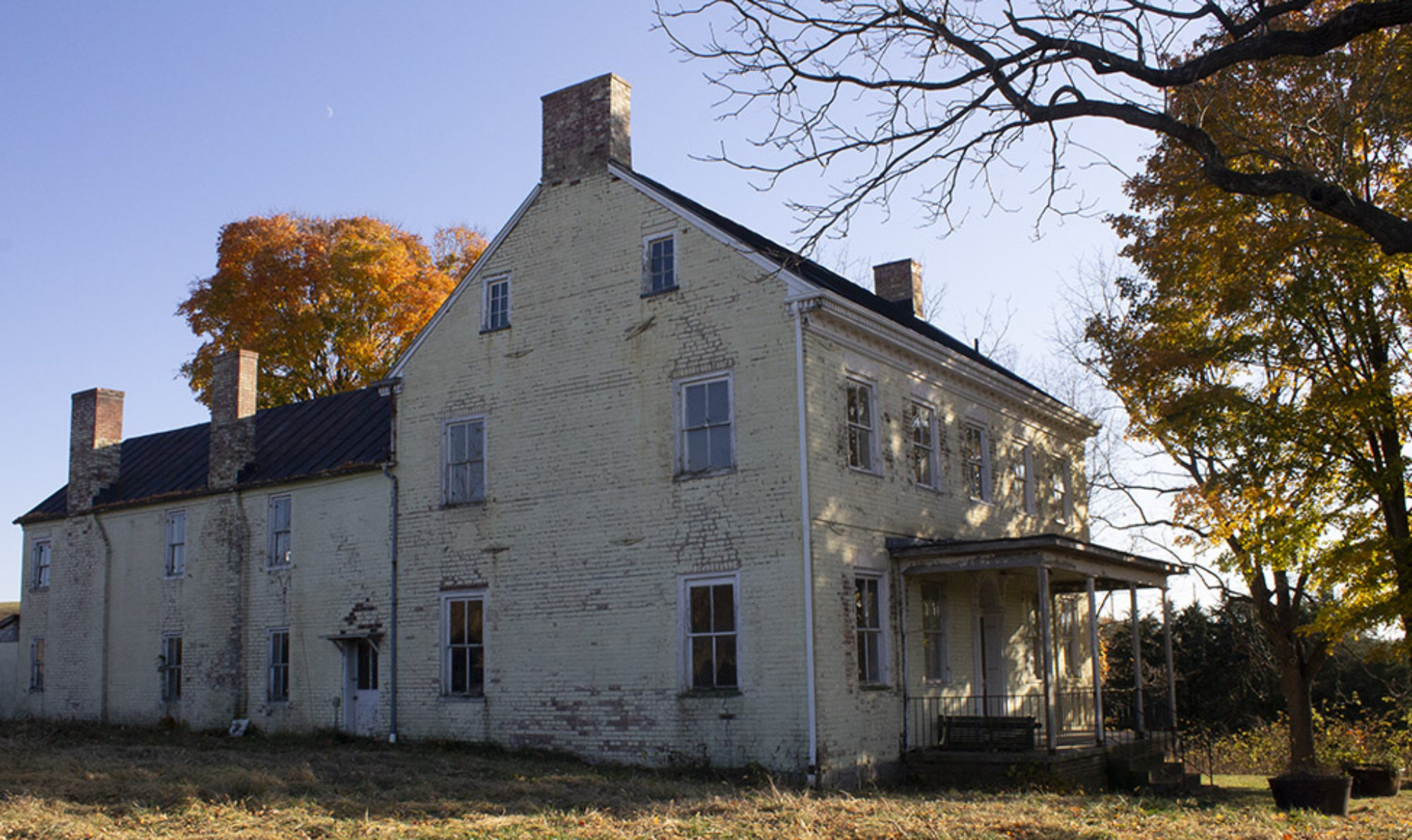When English colonists first arrived at Jamestown in 1607, indigenous people had been living in Virginia for thousands of years. In the Shenandoah Valley, groups such as the Monacan, Manahoac, and Iroquois lived off the fertile land and water supply from the Shenandoah River. In 1716, Governor Alexander Spotswood and a company of men made the first European exploration of the Shenandoah Valley. Europeans did not settle in the Valley, though, until the late 1720s and 1730s. Though Virginia was an English colony, the Valley was initially settled by Germans, Swiss, and Scots-Irish immigrants, which left a lasting impact on the development of the colony. Altogether, the Shenandoah Valley was home to a variety of different people, cultures, and religions which resulted in a vibrant community. Rockingham County, initially part of Augusta County, separated into its own county in 1778. Rockingham County’s earliest settlers were German, English, Scots-Irish, and Swiss immigrants. They came to Virginia seeking affordable land on which they could farm. These immigrant groups left their mark on several aspects of life in the Valley. In particular, they fostered a diverse range of religions, including Mennonites, Lutherans, Presbyterians, Methodists, United Brethren, and more. [1]

The Lincoln family has lived in the United States since Samuel Lincoln arrived with his two brothers in Hingham, Massachusetts in 1637. From that time and until the birth of Col. Abraham Lincoln in 1799, men of the Lincoln family followed a generational pattern: each new generation of sons in the family moved away from their birthplace, living in 3 or more different states throughout their lives. Furthermore, each “lifetime migration distance” grew substantially as generations progressed. In addition to an internal family pattern, the Lincoln family was part of a wider national trend of migration as well. As the colonies grew more established, the colonists began to move westward in a search for more land; this westward movement, however, was not direct and people instead followed along natural landmarks such as the Allegheny Mountains southward before moving westward towards Kentucky. Additionally, as time passed, American migrants had a “growing propensity…to move longer distances,” reacting to factors such as “population pressure in the East, the increasing ease of travel, and the westward progression of the frontier.” While his cousins Thomas and President Abraham Lincoln continued the family pattern, Col. Abraham Lincoln broke this generational trend when he inherited his father’s homestead and never moved away. [2]

“Virginia John” Lincoln moved his wife and children from Berks County, Pennsylvania to a 600-acre plot of land purchased for £250 in what is now Linville in 1768. This began over a hundred years of Lincoln family history in Virginia. At the time of his death, John’s personal possessions were valued at a little over £91. Several of the items listed in the probate inventory, including a wagon, windmill, and 6-plate stove, were listed as being owned in partnership; it is most likely that these items were shared between John and his son Jacob, who lived on adjoining land and had a house very close by. Perhaps most importantly, the probate inventory does not list John Lincoln as owning any enslaved people. Therefore, he was the last member of this branch of the Lincoln family who did not own slaves. From his death in 1788, the Lincoln men and women owned numerous enslaved people, until their own cousin declared them free with the Emancipation Proclamation in 1863. [3]
[1] Carole Nash, “Native American Communities of the Shenandoah Valley: Constructing a Complex History,” July 2020, https://bpb-us-e1.wpmucdn.com/sites.lib.jmu.edu/d ist/9/133/files/2019/04/Native-American-Communities-of-the-Shenandoah-Valley.pdf; John Wayland, A History of Rockingham County, Virginia (Dayton: Ruebush-Elkins Company, 1912), 34-35, 65, and 108.
[2] Kenneth J. Winkle, The Young Eagle: The Rise of Abraham Lincoln (Dallas: Taylor Trade Publishing, 2001), 1-3.
[3] John Wayland, The Lincolns in Virginia (Staunton: The McClure Company, Inc., 1946), 28 and 37-39.
